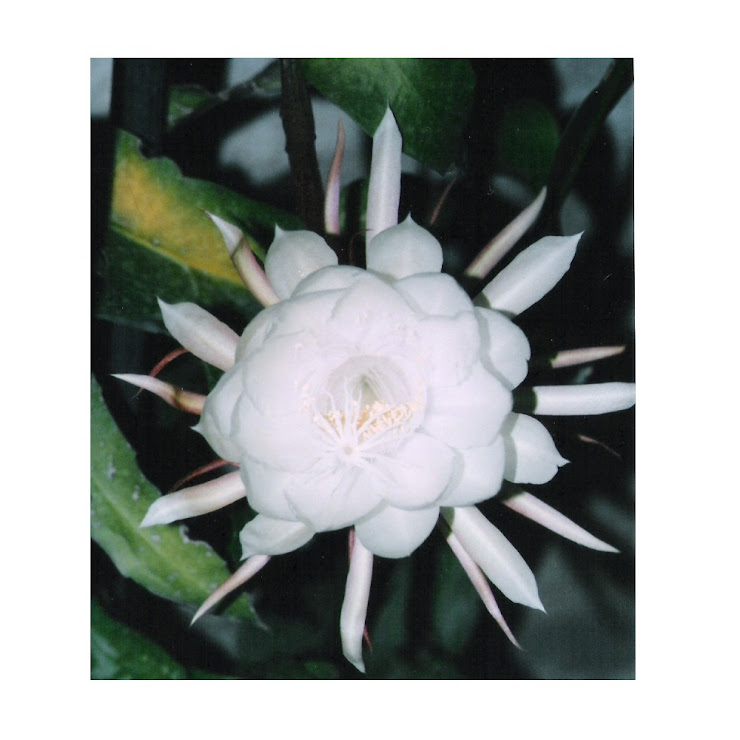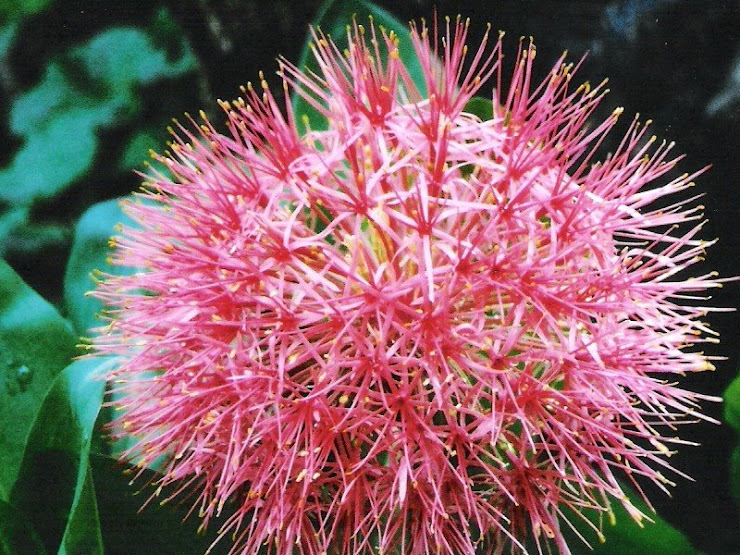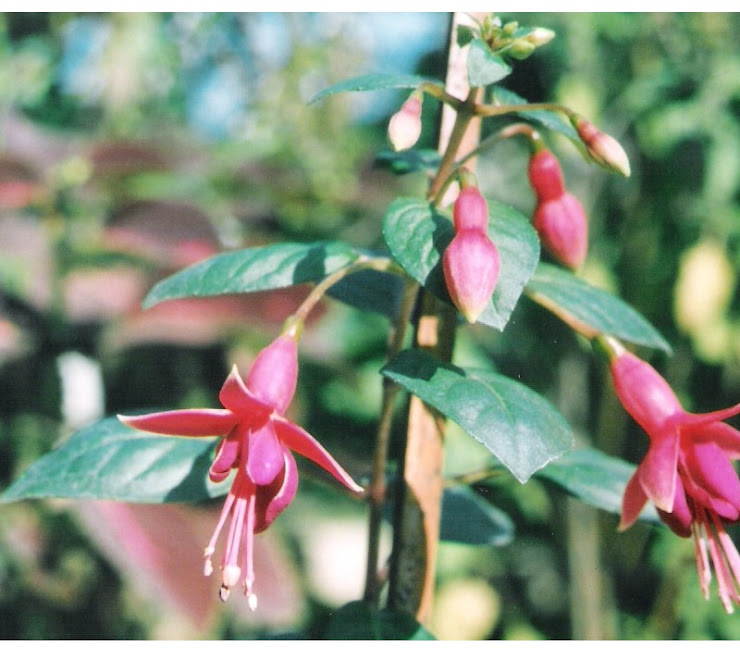INDOOR HOUSE PLANTS
Capt.
S.K.BHANDARI
BENEFITS OF INDOOR PLANTS
Indoor
gardening has many benefits:
Indoor
plants can brighten a room,
Provide
moisture to the dry indoor winter air,
And
also supply oxygen during the day.
You
don't have to have green thumb to grow indoor plants; there are some low
maintenance plants available. Indoor gardening can be an extension of your
outdoor gardening, filling in the gardening void experienced in the winter
time.
NASA Study on Indoor Plants
If
you have some space in your home or office premises, it probably makes lots of
sense to grow these plants because research says that there is a 42%
probability of increasing blood oxygen by 1% if one stays inside a building
housing these plants for 10 hours.
And
NASA also suggested that certain houseplants (including Bamboo Palm and Snake
Plant) can remove as much as 87% of indoor air pollutants within 24 hours.
SOIL SLECTION
Soil
is very important. Buy a good potting soil that has been formulated for the type of plants you choose
If you reuse your potting pots, make sure your thoroughly wash them before using them for the next plant.
This avoids the spread of disease and fungus.
SELECTION OF POTS
There
are many different plant pots to choose from. Choose pots that reflect your decorating style. If you can't find the perfect pot you can always make your own or improvise.
As
long as the object you choose can hold water and soil and has drainage holes,
it will work.
Drainage
holes are important as plants do not thrive if they get "wet feet".
POT STAND SELECTION
Choose
plant stands that blend with your decor. Plant stands allow you to display your plants on stunning pedestals.
There
are many different types of plant stands to choose from. They can be made of
finished wood, metal, or wicker.
They
can be simple or artistically designed.
They
come in different shapes and sizes. Find plant stands that match your interior
home style.
Follow the growing instructions of the plant as directed.
Buy a good indoor plant book or search plant information online.
There are many different types of indoor plants to choose from.
IMPORTANT INDOOR PLANTS
Some of the best indoor plants perform well under low light, warm temperature and other artificial growing conditions.
The
list includes philodendrons, poinsettias, ferns, mother-in-law's tongue, peace
lilies and snapdragons amongst others.
One
of the best indoor plants for air purification, philodendron is available in
different types, which differ in their foliage shape. There are over 100 plants
in this family.
According
to a study, philodendrons are excellent for formaldehyde removal from air that
is commonly released by cigarette smoke and adhesives. However, remember that
these leafy plants are poisonous and, care should be taken while handling them.
Poinsettias
remain the most sought after houseplant all over the globe.
They
are good indoor plants to grow at home and in office.
You
can find poinsettia plants of white, pink, orange, red, speckled and may other
varieties. The bracts are showy and colorful; while the blooms are yellow
colored and inconspicuous.
If
you have less time to nurture your indoor plants, ornamental fern varieties are
for you.
The care level is easy and it requires less
effort for maintenance.
In
case you are allergic to pollens, place these plants at ground level.
This
will help in reducing dispersal of spores and spreading of the same inside the
room.
The
peace lilies are the, most preferred.
They
require warm temperature, high humidity level and shade condition for optimal
growth.
The
flowers are white and their shape is almost similar to anthurium.
The
foliage is bright green and large, thus adding to the aesthetic value of the
room, even in the non-blooming season.
Lady
palm is a must have ornamental plant for indoor gardening.
The
most spectacular part with this small palm tree is the fan-shaped leaves.
It
is slow growing and long-lasting.
What's
more, the lady palm can adapt to a wide range of soil conditions, temperatures
and humidity levels.
The
name is coined with reference to the sharp tip of the leaves.
It
performs well, even when exposed to low light conditions for an extended
period.
The
mother-in-law's tongue plant is extremely sturdy, with regards to moisture
level.
During
summer, watering once a month is sufficient for healthy growing.
Unlike
most plants which release Carbon-dioxide at night, does the reverse as it
converts CO2 into Oxygen at night.
Zebra
plant is a plant which is a succulent that typically grows as an evergreen
plant throughout the year.
]
Normally reaches to a mature height of 5.85 inches (or 15.0 cm). This plant
tends to bloom in mid spring.
Zebra
plant is normally fairly low maintenance and is normally quite easy to grow, as
long as a level of basic care is provided throughout the year.
Ficus
The
elegant Weeping Fig is the most popular of all the ficus species...
Weeping
figs adapt best when placed in bright, indirect light and left there. It is
known to drop its leaves when moved around. However, with good care it will
grow new leaves in spring and summer.
Small,
waxy leaves densely cover its drooping branches, giving it graceful elegance.
Growers sometimes braid its trunks, adding to its charm.
This plant is easy to grow and drought-tolerant. Its swollen base stores water, so occasional lack of water will do no harm.
At
the top of its trunk, long, narrow green leaves grow in a cluster, curving
downward like a pony's tail.
Spider Plant is an impressive house plant for beginners. It's easy to care for, tolerates average room conditions, and is easy to propagate.
The
slender, arching leaves are dark green with a creamy white stripe. Give this
plant plenty of light for the best leaf color
When
less than a year old, the plant produces small, white flowers on the tips of
wiry, upright stems, called runners.
Showy, silver-splashed leaves make Aluminum Plant a stunning and popular house plant. It's easy to grow, too, as long as you can meet its need for humidity.
Tiny,
light-colored flowers sometimes appear in summer. Don't be afraid to pinch them
off.
Its
ovate green leaves are about 3 in (8 cm) long. Silvery streaks mark each leaf,
adding a dramatic metallic design to its quilted texture.
These
unusual patterns give this plant another common name, watermelon plant.
As
a young plant, its leaves start out heart-shaped, and then gradually become
arrowhead shaped as it matures. Its dark-green leaves have silvery white or
cream variegation, making this a decorative and popular house plant.
Display
arrowhead plant alongside a group of other foliage plants or add it to a dish
garden.
This attractive and popular house plant features a single, thick trunk that unwinds into several trunks as it matures.
Its
handsome, broad leaves are about 10 inches (25 cm) long and are splashed,
streaked or speckled in green and white.
Dumb
Cane gets its name from its poisonous sap that causes painful swelling of the
mouth and throat, as well as vocal loss if eaten. It also can cause skin
irritation, so I recommend wearing gloves while handling this plant.
This tropical house plant can be somewhat fussy, preferring the high humidity of a greenhouse to an average home.
However,
a room humidifier and frequent misting of the leaves will give it the moist air
it craves.
Lucky Bamboo
This striking bamboo plant has a slender, upright stem and graceful, arching green leaves that taper to a point. Its roots are red -- so don't worry if you see red roots in the vase. This is normal for a healthy plant.
It's
not really a bamboo. This member of the Dracaena family has been around a long
time, but has become a favorite of feng shui enthusiasts because it is believed
to enhance chi energy and bring good luck.























1 comment:
After the bath or shower is done most of the plants move back out of the bathroom and I leave the door open to air the room out. native wetland plants
Post a Comment